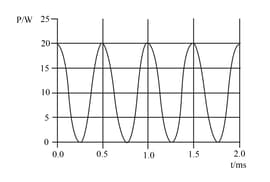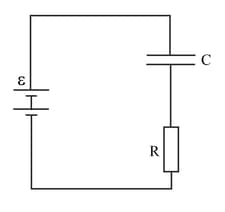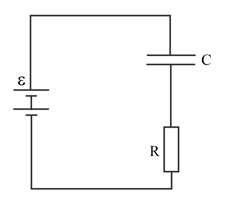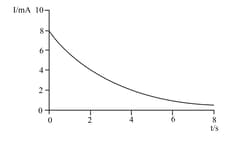K A Tsokos Solutions for Chapter: Electromagnetic Induction (HL), Exercise 4: Exam-style questions
K A Tsokos Physics Solutions for Exercise - K A Tsokos Solutions for Chapter: Electromagnetic Induction (HL), Exercise 4: Exam-style questions
Attempt the practice questions on Chapter 11: Electromagnetic Induction (HL), Exercise 4: Exam-style questions with hints and solutions to strengthen your understanding. Physics for the IB Diploma 6th Edition solutions are prepared by Experienced Embibe Experts.
Questions from K A Tsokos Solutions for Chapter: Electromagnetic Induction (HL), Exercise 4: Exam-style questions with Hints & Solutions
A conducting loop of wire is in a region of magnetic field directed into the plane of the page. The loop is rotated about axes I, II and III.

In which case or cases will there be an induced current in the loop.
The graph shows the variation with the time of the power dissipated in a resistor of resistance In an ac circuit.

What is the rms value of the voltage across the resistor (in ) and the period of the current (in s)?
A parallel plate capacitor is connected to a battery of fixed emf. The energy stored in the capacitor is and the charge on one of the plates is . A dielectric is inserted between the plates. What will happen in the capacitance and charged stored respectively?
Capacitor X has a capacitance and potential difference . Capacitor Y has capacitance and potential difference . What is the energy and charge stored by capacitor respectively?
In the circuit shows a capacitor that is initially uncharged is being charged by a battery.

Which of the following is a correct graph of the variation of the potential difference across the plates with charge on one of the capacitor plates?
What will the initial current be in the below the instant the switch is closed, and what will it be eventually a long time after the switch is closed? (answer in order)

The graph shows the variation with time t of the current I for a discharging capacitor.

What is the time constant of this system?(in sec)
In which of these circuits can full-wave rectification take place?
